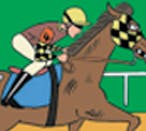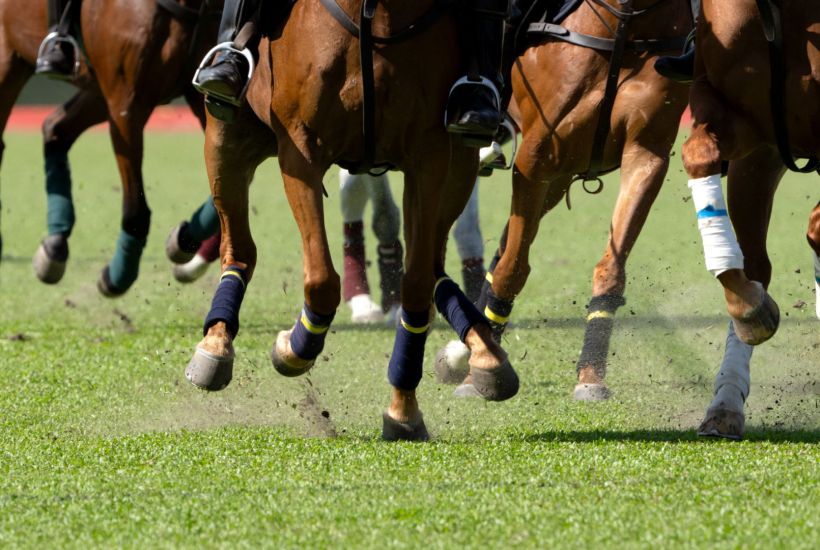Back in November, 20 horses went to post in the Troytown Chase at Navan. Fourteen were trained in Co. Meath by Gordon Elliott, who provided the winner Coko Beach and four of the first five home. He broke no rules. To those who objected to his mass entry, Elliott retorted that he hadn’t stopped any horse running in the race by running the number he did.
Already a subscriber? Log in
Subscribe for just $2 a week
Try a month of The Spectator Australia absolutely free and without commitment. Not only that but – if you choose to continue – you’ll pay just $2 a week for your first year.
- Unlimited access to spectator.com.au and app
- The weekly edition on the Spectator Australia app
- Spectator podcasts and newsletters
- Full access to spectator.co.uk
Or
Unlock this article
You might disagree with half of it, but you’ll enjoy reading all of it. Try your first month for free, then just $2 a week for the remainder of your first year.









Comments
Don't miss out
Join the conversation with other Spectator Australia readers. Subscribe to leave a comment.
SUBSCRIBEAlready a subscriber? Log in